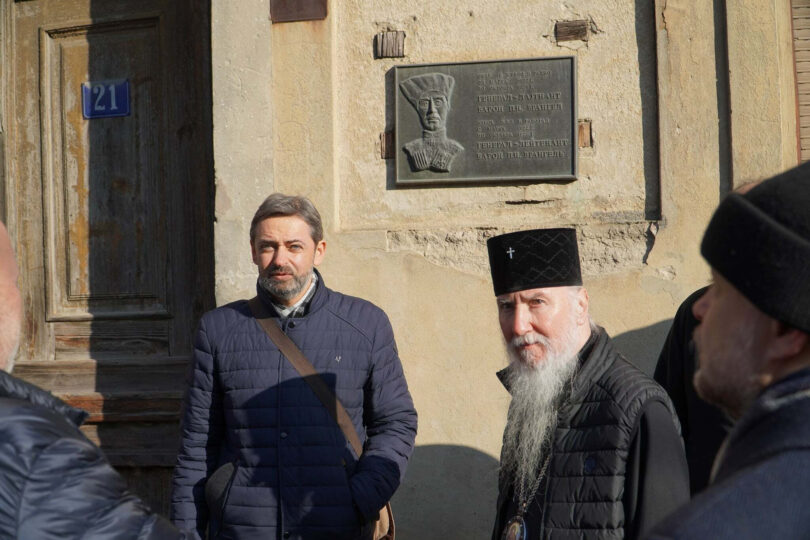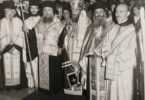The Crimean Peninsula was taken over by the Bolsheviks on this day in 1920.
In September 1919, the Volunteer Army of General Anton I. Denikin approached the closest distance to Moscow. The frontlines were overstretched. It was hard, if not impossible, to counter the Bolsheviks’ rhetoric about free distribution of land and ownership of the means of production by workers. Most of the population simply wanted to be left alone and, out of ignorance, supported the Bolsheviks. The retreat of the Volunteer Army ended in the “Novorossiysk Catastrophe” of March 1920, in which the Whites were pressed against the Black Sea. There was no organized evacuation; those who could moved to Crimea.
The Voluntary Army in Crimea received the name of the Russian Army headed by General Peter N. Wrangel. The Sevash isthmus that connected the peninsula with the mainland was heavily reinforced. From here, there were hopes that Crimea might remain a free remnant of Russia (just as, after World War II, the island of Taiwan would stay under the Chinese nationalist government).
As a result of the Polish–Soviet War, on May 7, 1920, Kiev was taken by Polish and Ukrainian troops, who remained there until June 12, 1920. As a result of the truce reached between Soviet Russia and the Polish Republic on October 18, 1920, the Bolsheviks were able to move troops to “get Wrangel.”
The evacuation from Sevastopol, Theodosia, and other Crimea ports was organized seamlessly. All who wanted to leave were able to do so. Many stayed. Despite the promises of the Bolshevik leaders to spare the lives of all who would lay down their weapons, thousands of officers were executed.











